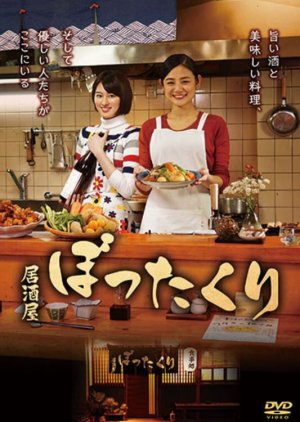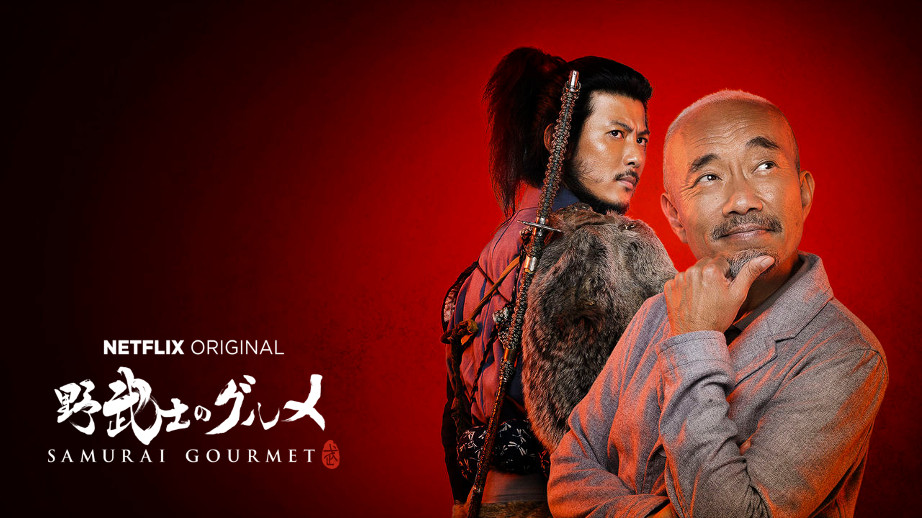Let me just say up front that I am not a critical reviewer. Though I can be critical. But I tend to think of myself as an average person with an opinion, and I try to breakdown my opinions and provide some analysis.
Which is not to say that my reviews or opinions are objectively correct. Or even objective.
I may have mentioned that the purpose of these "reviews" (such as they are) is to study good, and bad writing or story-telling. And perhaps influence my writing.
That said, I also watch these series for personal interests, and because, this was late 2020 and early 2021, when the world was in lockdown, and there was not much travel between countries. And we have been travelling to Australia and Japan for holidays every year. So 2020 was a "lost" year.
And the only way to visit Japan, was via these shows.
I did not set out to find Japanese shows to assuage my unfulfilled need to travel. It just happened. And then these shows reminded me of times we were in Japan, and how much I miss travelling in Japan now.
So these are the series set in Japan that have provided some joy, some yearning, and some catharsis in a year (or more) of being stuck at home and unable to travel.
And also entertainment.
Note that these are not Michael Bay action extravaganzas. These are human interests stories. Often Poignant. Sad at times. Uplifting also. And very, very human. And apparently, these series were all from manga (Japanese comics). (Link removed.)
Izakaya Bottakuri
https://www.netflix.com/browse?jbv=81344224

This izakaya has an unsettling name. What does "Bottakuri" mean? Cannibalism? Satanic Worship? You pay for your meals with sexual favours, perhaps?
Nah! It just means "rip-off", as in "The Rip-off Pub".
The Izakaya was thus named by the original owner because the food they offer is just home-style food that anyone could make at home. So for the Izakaya to charge their customers for home-style food, is a rip-off.
The stories are simple, even mundane crises. For example, episode 3 "Gyoza" is about a wife who asked the proprietress of the Izakaya to teach her how to fry restaurant-level gyoza as this was her husband's favourite dish.
Other episodes are about work issues, excessive sweating, family issues, and how certain food triggers fond memories of people and places.
One episode: I showed episode 2 "Carrot leaves" to my wife. In this episode, a new customer walks into the Izakaya late, just before closing to shelter from the rain. Mine (pronounced as two syllables - "Min-nay"), the proprietress, welcomes him, and offers him warm sake, and some appetisers. And then a meal. He is persuaded and enjoys the sake and the meal. When presented with the bill, he asks if she had made a mistake as he seems to be undercharged. Mine tells him she gave him a discount as it is his first visit. However, she promises to rip him off on his next visit.
At the end of each episode, the alcohol (sake or beer) featured in that episode is presented again with a brief summary of the drink's origins, characteristics, and suggested food pairings. Then there will be cooking tips for a dish featured in that episode. And Mine will end the episode by saying, "and with this tip, you too can be a ripoff."
There are just 11 episodes from 2018. There don't seem to be any more episodes. This series is based on a manga (Japanese comics).
Midnight Diner: (2014)
https://www.netflix.com/browse?jbv=80113541
[Note that there are two series on Netflix with almost similar titles. The first series, from 2009 - 2014, is the earlier series with three seasons. Then, Netflix commissioned a second series, Midnight Diner: Tokyo Stories (2019), which seems to be a continuation of the earlier series. The series is about a Diner in Shinjuku that operates between midnight and 7 AM. This review is about the first series from 2014 - because I haven't watched the 2019 series ("Tokyo Stories") yet.]
The Midnight Diner has only one item on the menu - Miso Pork soup. And three drinks - Beer, Sake, and So Chu. However, he will make anything you ask for if he has the ingredients, and it is not beyond his abilities.


https://www.netflix.com/browse?jbv=80132738
And "gourmet" is used for food. One who enjoys gourmet food is a "gourmand". So this series should correctly be titled, "Ronin Gourmand"?]
This series is about a retiree living his retirement like a ronin (or Samurai). In the first episode, he gets over his qualms about drinking beer on a weekday afternoon.
No comments:
Post a Comment